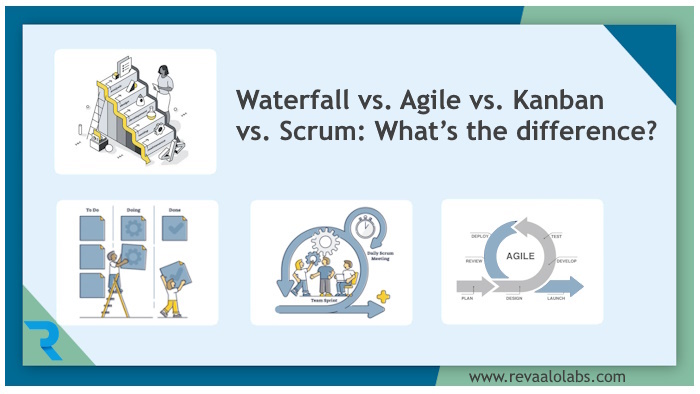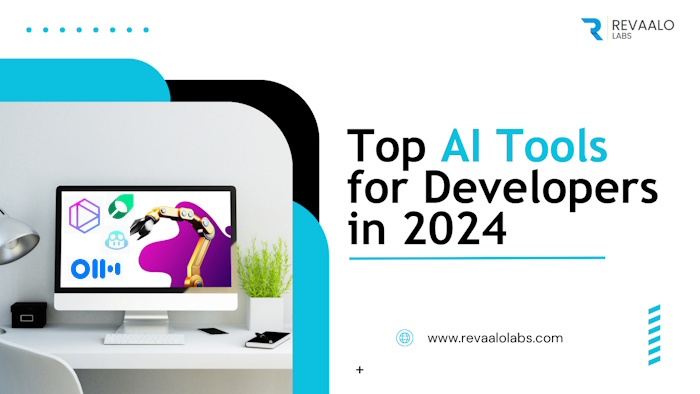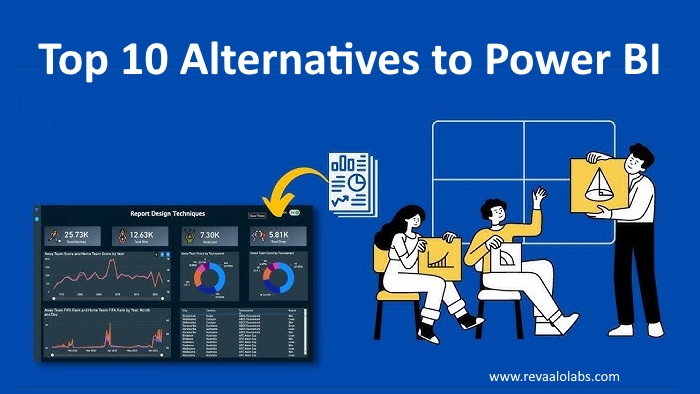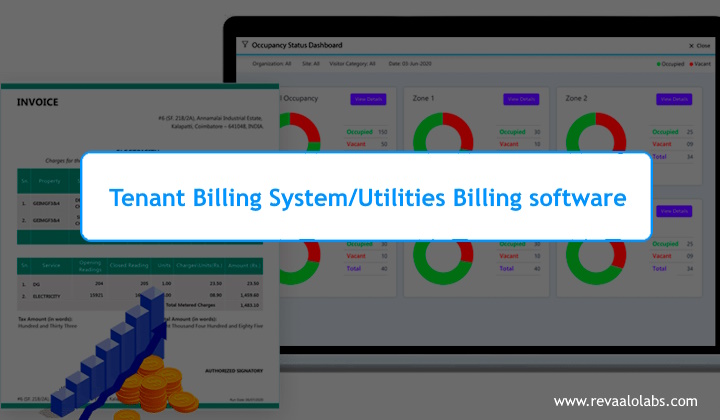#Waterfall #Agile #Kanban #Scrum

Recently, project management has evolved significantly, and there are a number of tools available to facilitate those changes. In reality, technology is only half of the story when it comes to project management trends.
There are several different project management and software development methodologies, including Waterfall, Agile, Kanban, and Scrum. Every approach has its own principles, practices, and characteristics. Here are some of the main differences between them:
What is Waterfall Methodology?
Waterfall is the first process model and is also known as a linear-sequential life cycle model. A fun fact I learned was that it originated from construction and manufacturing and was adapted to software development lifecycles (SDLC).
There are a number of stages in the workflow such as the conception of the project, the initiation, the analysis, the design, the construction, the testing, the deployment, and the maintenance.
Key features of Waterfall Methodology:
Why use Waterfall?
Waterfall relies on teams following a sequence of steps and never moving forward until the previous phase is completed. This structure is suited to smaller projects with deliverables that are easy to define from the start.
What is Agile Methodology?
An agile project management methodology involves iterative work completed in short sprints. When it comes to unexpected project changes, the Agile method is more flexible due to its emphasis on flexibility and continuous delivery. However, this can result in scope creep.
The agile project management process involves iterative backlog management, sprints, reflections, iterations, and more sprints. There are typically two to four sprints in an Agile project.
Key features of Agile Methodology:
Why use Agile?
Agile development ensures that development teams complete projects on time and within budget. In addition, it improves communication between the product owner and the development team.
What is Kanban Methodology?
The Kanban method of project management is used for tracking tasks and reducing inefficiencies. It is the Kanban board physical or digital on which phases of the project are divided into columns that is at the heart of the Kanban method. There are cards that list tasks that progress from one column to the next until they are completed.
Kanban increases transparency in a project by identifying what tasks need to be completed and in what order they need to be completed. The visual aid makes it easier to delegate resources where they need to go, thereby reducing inefficiency.
Key features of Kanban Methodology:
Why use Kanban?
Kanban methodology is designed to meet minimal resistance. So it allows continuous small incremental and evolutionary changes to the current process. It also helps to achieve improvements regarding throughput, lead time and quality.
What is Scrum Methodology?
Scrum is a popular framework that facilitates collaboration between teams while they are working on complex projects and products. It helps teams learn from their experiences, organize themselves while handling issues, and reflect on their successes and failures, so that they can improve.
A Scrum framework organises work into time-boxed iterations called "sprints." It follows a structured approach with predefined roles, ceremonies, and artifacts.
Key features of Scrum Methodology:
Why Use Scrum?
A scrum methodology can be used for project management in any business, and even in life in general. By using Scrum, the development team becomes more Agile and discovering how to react quickly and respond to the sudden changes.
Hope you liked it. If you have any requirement feel free to connect with Revaalo labs your one stop solution for Digital Transformation needs.

One of the most critical decisions website developers must make is deciding what unit of measurement to use when sizing elements, fonts, and other design properties.
Read more
It`s an amazing technology-one that will help us solve society`s toughest problems and reshape the world.
Read more13
December

Today, web browsers play a significant role in our lives, providing us with access to a world of information and possibilities.
Read more
Power BI is a popular business intelligence tool developed by Microsoft for data visualization and analysis. While Power BI is a robust solution, there are several alternatives available that cater to different needs and preferences.
Read more09
October

Tenant billing systems are software solutions used by property owners, managers, and landlords to accurately bill tenants for their usage of utilities and services.
Read more